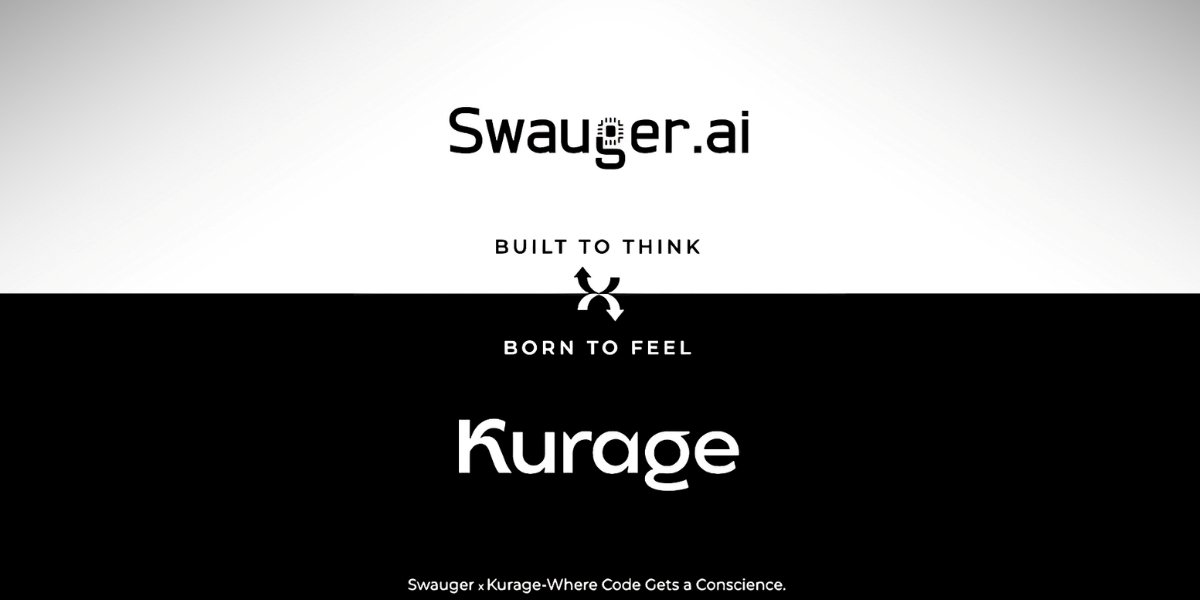In an era where technology seamlessly integrates into our daily lives, revolutionizing how we communicate, work, and even manage our health, a transformative shift is occurring in the realm of hypertension management. For over a century, the traditional blood pressure cuff has been a cornerstone in monitoring hypertension. Yet, despite its long-standing presence in our healthcare toolkit, less than 10% of the population adheres to their doctor’s prescription for regular home monitoring. The consequence? A significant gap in patient data that hampers effective care and treatment decisions, often relying on the scant readings obtained during infrequent office visits.
Enter LiveMetric and similar pioneering companies at the forefront of wearable blood pressure technology. These innovators are not just challenging the status quo; they are dismantling it brick by brick, offering a glimpse into a future where managing hypertension could be as effortless as glancing at one’s wrist.
The traditional cuff’s journey from indispensable medical device to oft-forgotten drawer occupant underscores a crucial flaw in our approach to healthcare: accessibility and ease of use significantly influence patient compliance. The cumbersome process of regular self-monitoring with a traditional cuff has led to its underuse, leaving doctors navigating the murky waters of treatment plans without a compass.
However, with wearable technologies like LiveMetric’s groundbreaking wrist-worn blood pressure monitor, this narrative is poised for change. “LiveMetric is poised to revolutionize the healthcare landscape by addressing hypertension and cardiovascular disease, the world’s largest pandemics,” states Kelly Benning, reflecting on her company’s mission to transform patient care through innovation.
The key advantage of such devices lies in their ability to seamlessly integrate into users’ lives. By wearing these bands day and night, patients can obtain continuous blood pressure readings without altering their daily routines or setting aside time for cumbersome measurements. This constant stream of data provides an unprecedented level of insight into an individual’s health patterns – including valuable readings during sleep – which were previously unattainable with conventional cuffs.
For healthcare providers, this influx of accurate home data marks a pivotal shift in how care can be delivered. Unlike traditional methods that rely heavily on office visits for data collection – contributing to provider burnout and potentially delaying care – wearable technologies allow for real-time monitoring remotely. This not only enhances the efficiency of treatment decisions but also holds promise for reducing hospital readmissions, particularly among congestive heart failure (CHF) patients who require close blood pressure management.
Moreover, wearable tech addresses another critical challenge facing today’s healthcare system: provider burnout. By streamlining data collection and analysis processes, these tools alleviate some burdens off healthcare workers’ shoulders allowing them more time to focus on direct patient care rather than administrative tasks associated with manual data entry and review.
But perhaps most compellingly is the accuracy these devices offer. LiveMetric claims its technology delivers readings as precise as arterial lines used in hospitals – traditionally considered the gold standard for monitoring blood pressure levels. This assurance of reliability further cements wearables’ role not just as convenient gadgets but as essential tools capable of enhancing patient outcomes through improved precision in care delivery.
As we stand on the brink of this new dawn in hypertension management fueled by wearable technology like that developed by LiveMetric (whose insights can be further explored via their LinkedIn profiles [www.linkedin.com/in/kellybenning/](https://www.linkedin.com/in/kellybenning/) and [www.linkedin.com/company/livemetric.com/mycompany/](https://www.linkedin.com/company/livemetric.com/mycompany/)), it becomes clear that embracing such innovations could drastically alter our approach to healthcare.
The adoption challenges that lie ahead cannot be understated; issues ranging from regulatory hurdles to ensuring user privacy must be addressed head-on if this promising future is to fully materialize. Nonetheless, as we navigate these obstacles together – innovators like LiveMetric leading charge – optimism abounds regarding what lies ahead for both patients suffering from hypertension worldwide and overall public health landscapes.
In essence, while traditional cuffs served us well beyond their centennial lifespan thus far – laying foundational stones upon which modern medicine was built – it’s time we look forward toward harnessing technological advancements such as those offered by LiveMetric. By doing so we embrace an inclusive future where high-quality healthcare is not just a privilege reserved for few but accessible reality all — ultimately fostering healthier societies global scale amidst some most pervasive health challenges our time faces today.
Published By: Aize Perez








